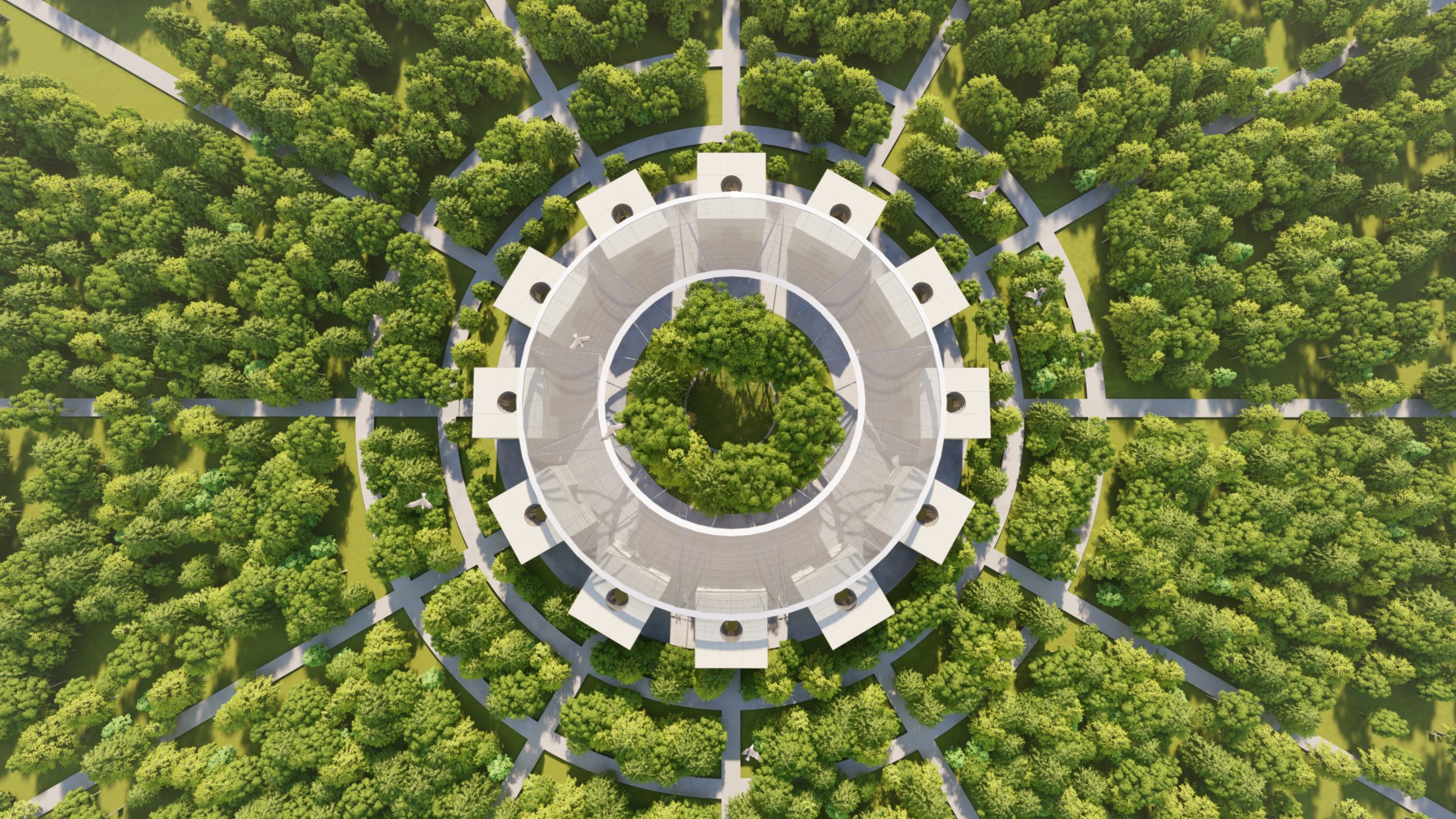
1. What does it feel like to win the Prize?
As the winner of an architectural competition for the first time, I feel honored and humbled. The recognition of my hard work among this group of immensely talented competitors motivates me to keep going. Hopefully, this is the first of many accolades in my architectural road ahead.
2. When did you develop a love for drawing and architecture?
As my most-frequently-used online username Arch-holic suggests, I am an addict of architecture, and drawing is a close runner-up in my spectrum of passion. From my practices, I realized much of architecture can be derived from my process drawing. Because I haven’t had any formal art or drawing training, my style of approach is rather gestural than that of a realist. Nonetheless, I find articulating and formulating these ideas in drawing fashion both joyful and effective.
3. Do you draw in your spare time? If so, what do you like to draw?
Architecture for me is more of a lifestyle than a profession. My thought process for architecture tends to extend into my spare time. Therefore, I am never far away from my sketchbook and my pen very far away from architecture.












































































































































































































































































